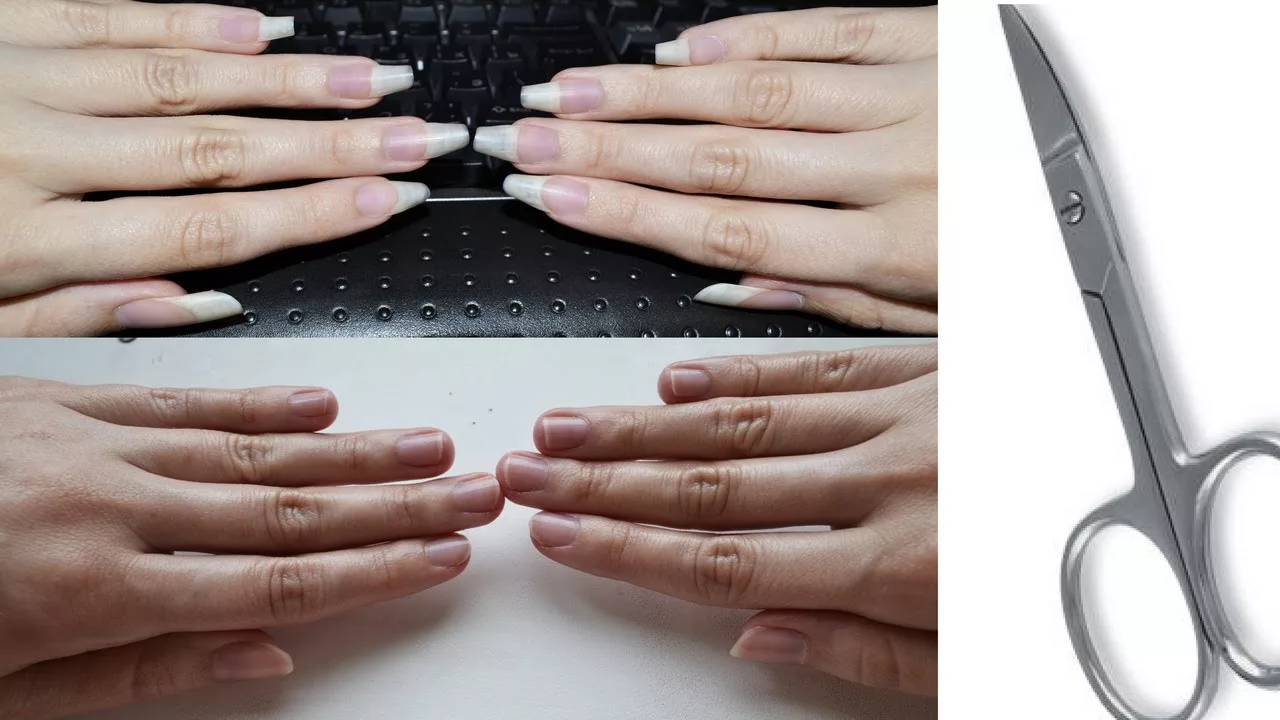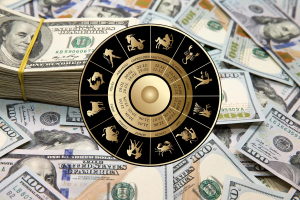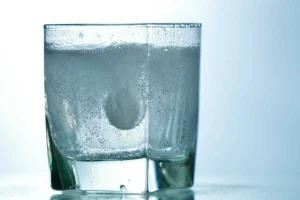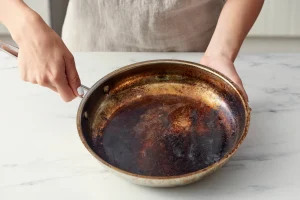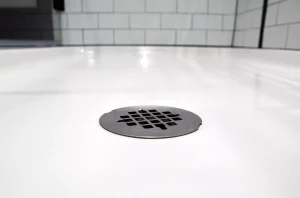
How much time is left in our hands? A little-known fact links nail growth to the passage of time in the body.
While it may not seem like it, nail growth can reveal how much and how fast we age.
Have you ever noticed how fast your nails are growing? It may not be the first thing that comes to mind when you think about your health, but according to some scientific research and advice from a renowned Harvard geneticist, the speed of nail growth may be an unexpected clue to how we age… and even how long we live.
In 1979, a groundbreaking study little known outside of academia first hypothesized that nail growth rate declines with age and that this trend may reflect biological aging.
The study, conducted by the Orentreich Foundation for the Advancement of Science, measured changes in nail growth rate in adults of different ages and came to a major finding: after age 30, nails begin to grow more slowly, at 0.5% less per year.
Science suggests that nail growth rate may be a silent mirror of aging.
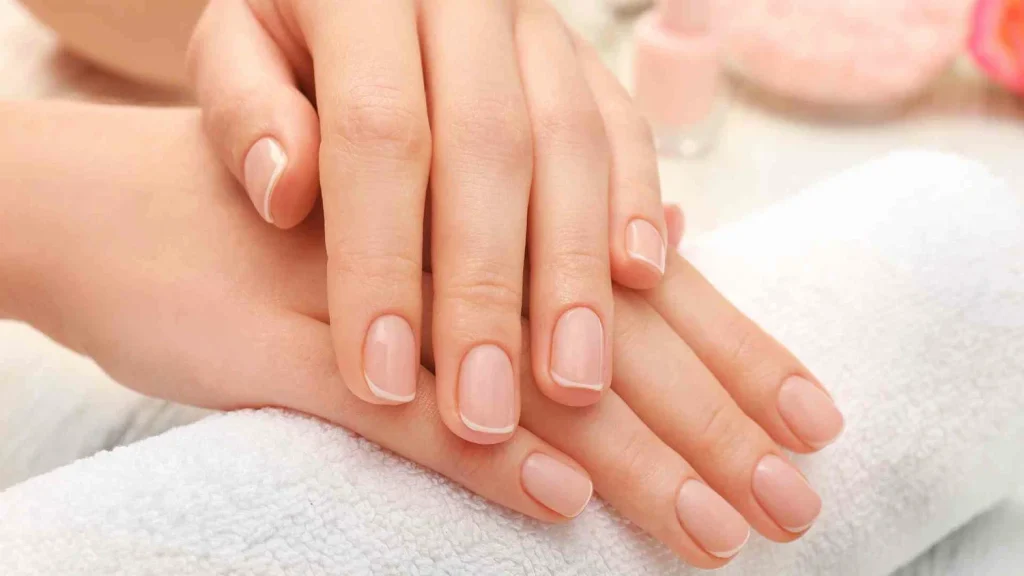
This seemingly insignificant fact took on new significance decades later when David Sinclair, a professor of genetics at Harvard Medical School and one of the most influential experts in the study of aging, drew attention to it in his thoughts on biomarkers of longevity.
“People often ask me if there are visible signs of biological aging. One of the simplest, but one that is not talked about much, is the rate of nail growth,” Sinclair said in a recent interview. If they’re growing fast, that can be a good sign.”
Silent marker
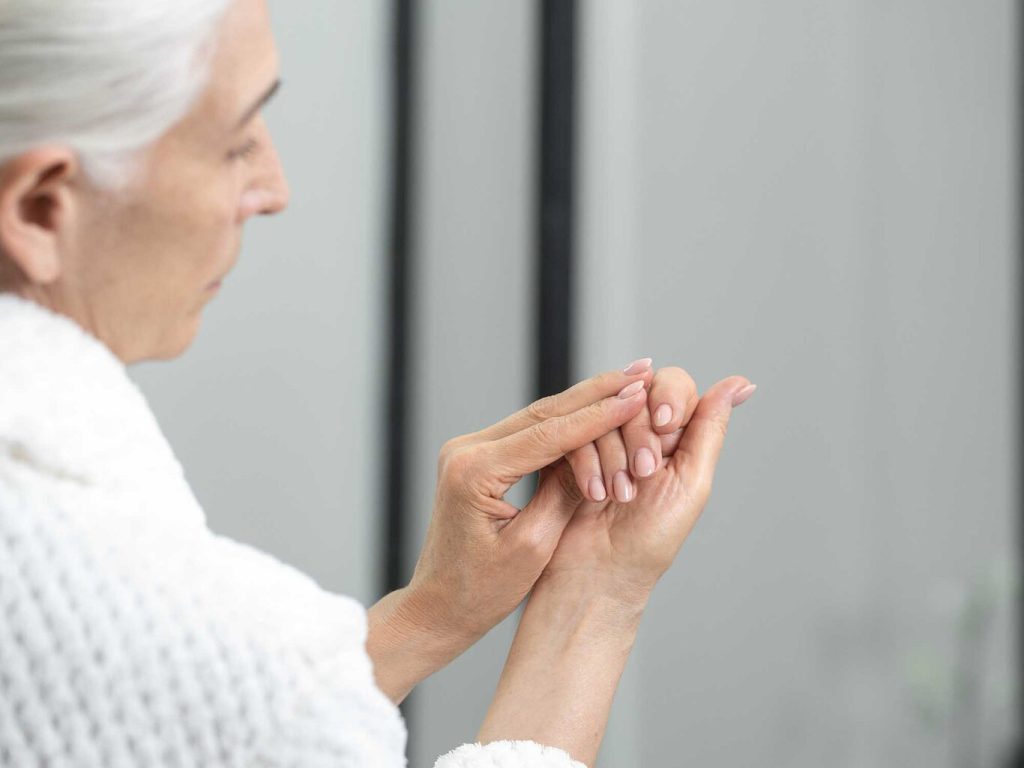
Nails don’t age overnight. But like hair and skin, they respond to the body’s internal workings. Their growth is affected by metabolism, circulation, nutrition and cell regeneration – all processes that slow down with age.
That’s why some researchers have suggested that nails may be a kind of “silent thermometer” of our biological clock. It is not a formal diagnostic tool, but it can complement more sophisticated measures aimed at determining a person’s true biological age, which is not always the same as chronological age.
Nails are not just about aesthetics: they are also associated with metabolism, cell regeneration, and longevity.
Although there are no large-scale studies yet to support the use of nail growth as a standard biomarker, this idea is consistent with other recent discoveries in the field of aging. For example, current research shows that body tissues give very different signals depending on lifestyle, even in people of the same age.
In other words, a 60-year-old with a healthy diet, regular exercise and low stress levels can have a much younger biological age than a 45-year-old with bad habits. And their fingernails can tell that without any attention.
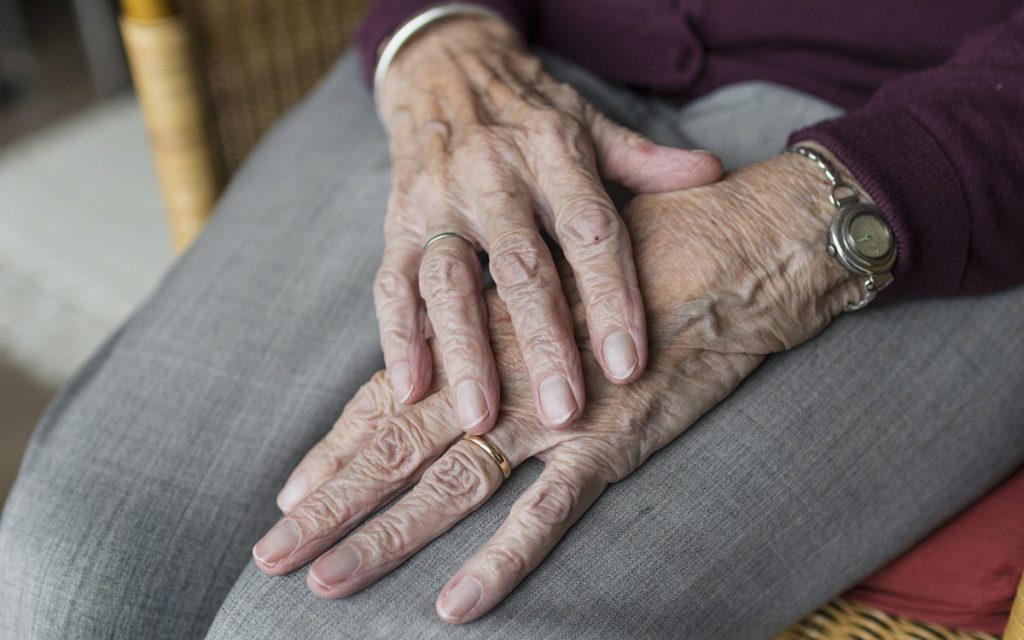
Beyond the anecdote.
Of course, many factors can affect the rate of nail growth, from nutrient deficiencies to chronic diseases and hormonal disorders. Even genetics and medications can play a role. That’s why no serious scientist would advise looking at your nails as a crystal ball.
But it is very interesting to realize that such a mundane thing as cutting your nails is linked, albeit indirectly, to complex processes such as aging and longevity. And perhaps it’s worth taking a closer look at these little body parts that we don’t usually notice.
After all, nails may not provide all the answers, but they can whisper a few clues about the future.

